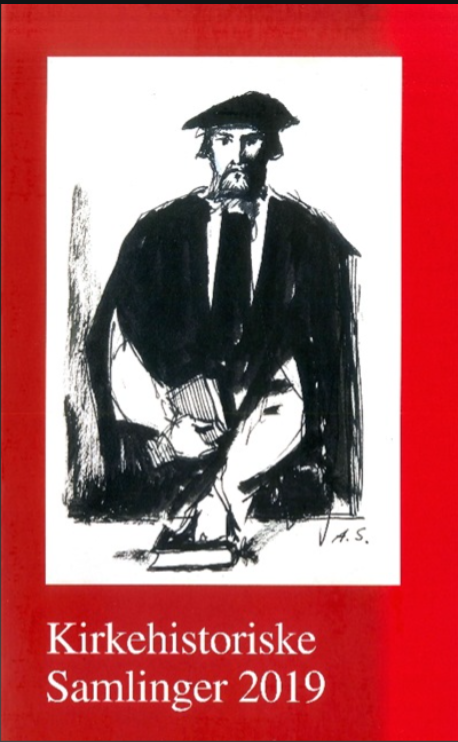Publiceret 25.02.2025
Citation/Eksport
Copyright (c) 2019 Tidsskriftet Kirkehistoriske Samlinger

Dette værk er under følgende licens Creative Commons Navngivelse – Ingen bearbejdelser (by-nd).
Resumé
Reformationsjubelfesterne tog deres begyndelse i 1617 i Sachsen og i Danmark i en kontekst, der udgjordes af festgudstjenester med et mere eller mindre fast ritual. Enten det var universitetet eller kirken, der stod for fejringerne, foregik de statslige markeringer i kirkeligt, gudstjenstligt regi. Festerne var takkegudstjenester for det kristne folks udfrielse ved Martin Luther, og de havde akademisk og polemisk til formål at videreføre opgøret med den førreformatoriske (u)orden. Ved hver fest, 1617, 1717, 1736 og 1817, bestemtes det ovenfra, hvilke skriftsteder, der skulle prædikes over, men der var ikke andre forlangender med hensyn til gudstjenesternes sang, end at den ambrosianske lovsang, »Te Deum«, skulle afsynges i dobbeltmonarkiets hovedkirker. Denne studie handler om nogle af de salmer, der kan knyttes til reformationsfesterne, og især om de billeder, der aktiveres i disse salmer. Artiklen har sit tyngdepunkt i reformationsfesten i 1817. Det var da længe siden, man sidst havde holdt reformationsjubelfest, nemlig i 1736. Meget havde ændret sig i stat og kirke siden da, omend både kirken og enevælden endnu bestod. Hvor meget af traditionen havde overlevet oplysningstiden og forblev synligt og relevant i 1817? Hvad var det nye – og hvordan blev det gamle forvaltet?
Summary
The Reformation Centenaries and their Hymns – Allegories, Emblems, and Images.
The earliest Lutheran celebrations of the Reformation Jubilees took place in Saxony and Denmark in 1617. They consisted of ecclesiastical festivities and thanksgiving services in accordance with rituals developed for the occasion. The church service was considered the only appropriate context – also for the academic celebrations. The contents of the celebrations were Martin Luther’s deliverance of the Christians from bondage. Their aim was to prolong the rebellion against any prereformation order. In Denmark as in the German States the proper and obligatory quotations of the Bible for the feasts were decreed by the Lutheran princes. The only hymn usually demanded was the Ambrosian hymn, Te Deum. The article investigates the images, allegories and emblems used in the hymns for the Jubilee services. In Denmark the use of the candle was general till Thomas Kingo’s hymnal of 1699. In the 18th Century references may be traced of Luther’s alleged prophesy of the ultimate survival of Christianity in the North. Since the Enlightenment another image began to challenge the light and the candle, namely the rock, which would prove consistent in the stream of modernism. The church was understood under the simile of the rock among the roaring waves. The hymns of 1817 all use the rock as their favorite allegory, but they are all written to be sung to elder traditional hymn melodies. The Lutheran hymnody connotes tradition; the images of the hymns do not. They reflect the troublesome but steady struggle of the church in a modern world. N.F.S. Grundtvig in his hymns and songs related to the reformation jubilees was the one of the only ones who deliberately turned to history and, and hailed the prophet of the North: Martin Luther as the tool of God’s providence. This was to be the beginning of a new popular song tradition for the schools, the patriotic, national history seen as a result of the spirit, ultimately God. In the church hymns such themes and concepts seem to wane after 1836.

